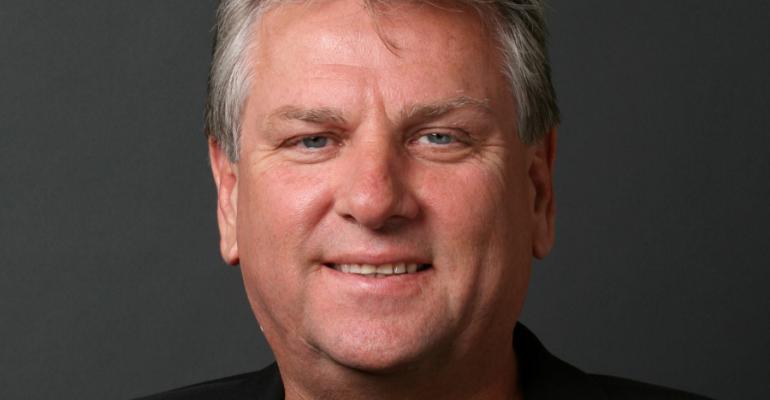Canadian Auto Workers President Ken Lewenza says his labor group is drawing closer to organizing workers at a Honda assembly plant in Ontario, while efforts to get inside two Toyota manufacturing sites are moving more slowly.
“We’re active in Honda, not so active in Toyota,” Lewenza tells WardsAuto in an interview. “We’re getting some enthusiastic and strong support, but we’re not there yet.”
The CAW kicks off new contract talks with General Motors, Ford and Chrysler in September. The outcome of those negotiations could dictate the union’s momentum in organizing the two Japanese auto makers’ workers.
As with his U.S. counterpart Bob King, president of the United Auto Workers union, Lewenza has his eye on bolstering union membership rolls by organizing so-called Japanese transplants building cars and trucks in Canada.
And not unlike King, Lewenza says he faces “very anti-union employers putting a lot of resources and time into keeping the union out.”
Workers at Honda’s Alliston, ON, assembly plant, which builds the Honda Civic and CR-V and Acura MDX and ZDX cross/utility vehicles, recently were provided a company handout showing their wage of some $31 an hour is on par with the Detroit Three auto makers that have production facilities in the region.
However, the CAW argues Honda’s wage calculations fail to consider items such as lower-paid contract workers at Alliston and include full bonuses not every worker receives.
“When they are doing that in a very concerted way, you know we are getting (Honda’s) attention,” Lewenza says.
Beyond winning comparable wages between the transplants and Detroit Three in Canada, which the union boss doubts would exist if the CAW were not representing workers at the GM, Ford and Chrysler factories, Lewenza says he seeks a common understanding of the competitive landscape between labor and management.
“We’re all in this together,” he says. “We’re competitors, but if everyone is concentrating on wages, they’re going to go down.”
Weaker wages create a “race to the bottom,” where multinational corporations see no obligation to the communities where they operate, Lewenza says.
Honda officials did not return calls seeking comment on the organizing efforts at Alliston.
The upcoming talks with the Detroit Three are seen as pivotal for the CAW, which tinkered with its payroll structure during the industry crisis in 2009 just as the UAW did to bring all-in labor costs down to the level of transplants in order to receive government bailout money.
Since then, the Canadian dollar has strengthened and Canada has become the most expensive place to build vehicles, auto makers complain.
Lewenza would like the Canadian government to deflate the value of its dollar to make the region more competitive with countries such as Mexico, which has seen its auto industry grow in recent years while Canada’s has shrunk.
Winning new union members would give the CAW, which represents some 25,000 workers at the Detroit auto maker’s factories, greater bargaining power.
Toyota operates a pair of Ontario assembly plants in Woodstock and Cambridge, where Lewenza says organizing efforts have yet to gain traction.





